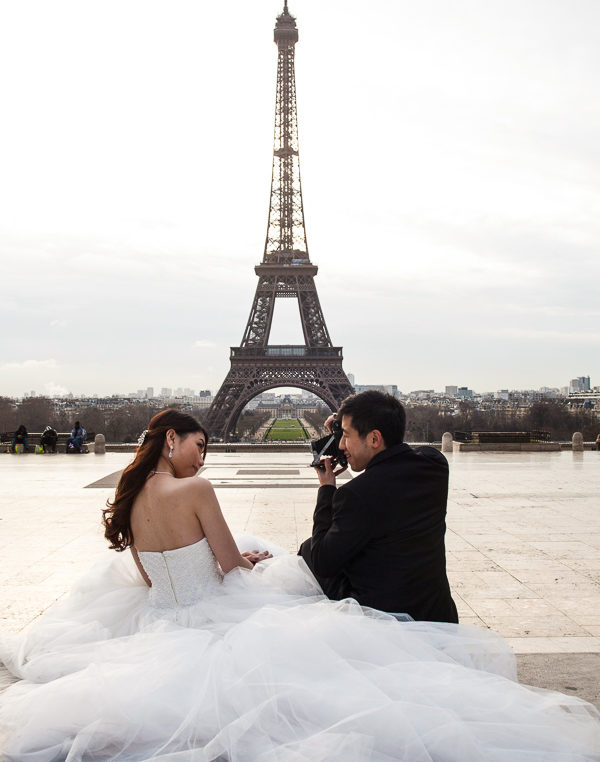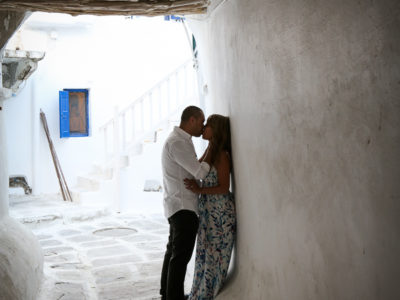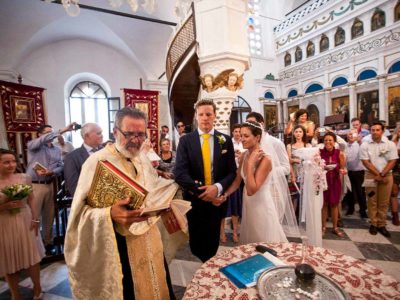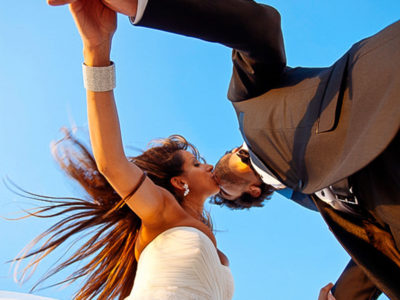Paris elopement photographer
Wedding photographer. Paris elopement photographer. Wedding photography portfolio of a wedding portraits photo session at Paris – France. As a destination wedding and event photographer one of the places that I have photographed at is of course Parisi. Paris is always considered to be as one of the top destinations worldwide for wedding photography, engagement photography, anniversary photography and wedding portraits photo sessions!
The city of love, romance, elegance!!
Several of the following wedding images have been awarded, published and distinct-ed.

















The story
Ronald and Suki were looking for a destination wedding photographer to capture their wedding portraits at the capital of France, the glorious Paris! They had a look at my wedding photography portfolio and they made me the honor to choose me as their wedding photographer. Paris is well known as one of the top cities for destination weddings and so classy that adds wonderful aesthetics to wedding portraits and wedding photography in general!
We visited all the “must see” places, such as the Louvre museum, Notre Dame, the triumph arch and of course wonderful cafes, classic corners, doors, architectural elements stood out!
Ronald and Suki had their wedding, actually two weddings, at London and also at China but for their “wedding portraits” chose a more Romantic place…Paris!! People of elegant and traditional style wanted to have the same results at their photographs as well!
As a destination wedding photographer and also travel photographer I am happy to travel anywhere in the world and photograph a wedding, anniversary, engagement, honeymoon or any other event!
Paris elopement photographer.
Related links
wedding portraits photo session
Some information about Paris
Photography
The inventor Nicéphore Niépce produced the first permanent photograph on a polished pewter plate in Paris in 1825, and then developed the process with Louis Daguerre.[204] The work of Étienne-Jules Marey in the 1880s contributed considerably to the development of modern photography. Photography came to occupy a central role in Parisian Surrealist activity, in the works of Man Ray and Maurice Tabard.[207][208] Numerous photographers achieved renown for their photography of Paris, including Eugène Atget, noted for his depictions of street scenes, Robert Doisneau, noted for his playful pictures of people and market scenes (among which Le baiser de l’hôtel de ville has become iconic of the romantic vision of Paris), Marcel Bovis, noted for his night scenes, and others such as Jacques-Henri Lartigue and Cartier-Bresson.[204] Poster art also became an important art form in Paris in the late nineteenth century, through the work of Henri de Toulouse-Lautrec, Jules Chéret, Eugène Grasset, Adolphe Willette, Pierre Bonnard, Georges de Feure, Henri-Gabriel Ibels, Gavarni, and Alphonse Mucha.
Paris elopement photographer.
Theaters
The largest opera houses of Paris are the 19th-century Opéra Garnier (historical Paris Opéra) and modern Opéra Bastille; the former tends toward the more classic ballets and operas, and the latter provides a mixed repertoire of classic and modern.[213] In middle of the 19th century, there were three other active and competing opera houses: the Opéra-Comique (which still exists), Théâtre-Italien, and Théâtre Lyrique (which in modern times changed its profile and name to Théâtre de la Ville).[214] Philharmonie de Paris, the modern symphonic concert hall of Paris, opened in January 2015. Another musical landmark is the Théâtre des Champs-Élysées, where the first performances of Diaghilev’s Ballets Russes took place in 1913.
The Comédie Française (Salle Richelieu)
Theatre traditionally has occupied a large place in Parisian culture, and many of its most popular actors today are also stars of French television. The oldest and most famous Paris theatre is the Comédie-Française, founded in 1680. Run by the French government, it performs mostly French classics at the Salle Richelieu in the Palais-Royal at 2 rue de Richelieu, next to the Louvre.[215] of Other famous theatres include the Odéon-Théâtre de l’Europe, next to the Luxembourg Gardens, also a state institution and theatrical landmark; the Théâtre Mogador, and the Théâtre de la Gaîté-Montparnasse.[216]
The music hall and cabaret are famous Paris institutions. The Moulin Rouge was opened in 1889. It was highly visible because of its large red imitation windmill on its roof, and became the birthplace of the dance known as the French Cancan. It helped make famous the singers Mistinguett and Édith Piaf and the painter Toulouse-Lautrec, who made posters for the venue. In 1911, the dance hall Olympia Paris invented the grand staircase as a settling for its shows, competing with its great rival, the Folies Bergère. Its stars in the 1920s included the American singer and dancer Josephine Baker. Later, Olympia Paris presented Dalida, Edith Piaf, Marlene Dietrich, Miles Davis, Judy Garland, and the Grateful Dead. The Casino de Paris presented many famous French singers, including Mistinguett, Maurice Chevalier, and Tino Rossi. Other famous Paris music halls include Le Lido, on the Champs-Élysées, opened in 1946; and the Crazy Horse Saloon, featuring strip-tease, dance and magic, opened in 1951. A half dozen music halls exist today in Paris, attended mostly by visitors to the city.
Paris elopement photographer.
Cuisine
Since the late 18th century, Paris has been famous for its restaurants and haute cuisine, food meticulously prepared and artfully presented. A luxury restaurant, La Taverne Anglaise, opened in 1786 in the arcades of the Palais-Royal by Antoine Beauvilliers; it featured an elegant dining room, an extensive menu, linen tablecloths, a large wine list and well-trained waiters; it became a model for future Paris restaurants. The restaurant Le Grand Véfour in the Palais-Royal dates from the same period.[243] The famous Paris restaurants of the 19th century, including the Café de Paris, the Rocher de Cancale, the Café Anglais, Maison Dorée and the Café Riche, were mostly located near the theatres on the Boulevard des Italiens; they were immortalised in the novels of Balzac and Émile Zola. Several of the best-known restaurants in Paris today appeared during the Belle Epoque, including Maxim’s on Rue Royale, Ledoyen in the gardens of the Champs-Élysées, and the Tour d’Argent on the Quai de la Tournelle.[244]
Today, due to Paris’s cosmopolitan population, every French regional cuisine and almost every national cuisine in the world can be found there; the city has more than 9,000 restaurants.[245] The Michelin Guide has been a standard guide to French restaurants since 1900, awarding its highest award, three stars, to the best restaurants in France. In 2015, of the 29 Michelin three-star restaurants in France, nine are located in Paris. These include both restaurants which serve classical French cuisine, such as L’Ambroisie in the Place des Vosges, and those which serve non-traditional menus, such as L’Astrance, which combines French and Asian cuisines. Several of France’s most famous chefs, including Pierre Gagnaire, Alain Ducasse, Yannick Alléno and Alain Passard, have three-star restaurants in Paris.
Paris elopement photographer.




